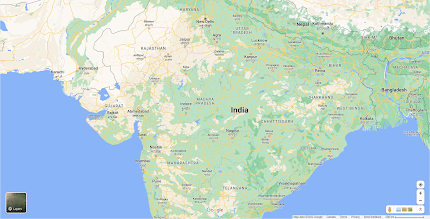This post is a little different - it is not about vintage radios, test equipment, or retrocomputing. Rather, it is about a book project I recently completed.
The sixties had just ended and it was a time of rapid social change, interest in other cultures, and a desire to improve the world. Canada had developed a nuclear power technology that it was exporting to other countries. An agreement was reached with the Indian government to have Canada assist in constructing nuclear power generating plants in India, providing much-needed electrical power to developing areas of the country.
Building nuclear power stations is a long and complex process and you can imagine the additional challenges of replicating Canadian-designed generating stations in India. The goal of the Rajasthan Atomic Power Project was to build several reactors in the north-western Indian state of Rajasthan, near the city of Kota, adjacent to the village (now a city) of Rawatbhata.

We visited over a dozen cities ranging from the highly populated Bombay (now Mumbai), the capital of Delhi, to remote parts of Kashmir in the Himalayan mountains.
India was still quite a remote and exotic location for westerners and our only communication with relatives back in Canada was by postal mail. My parents sent regular letters back home reporting on our experiences and adventures. We even sent back photographs, colour slides, and 8mm movie films.
My relatives faithfully keep all of the letters that we sent and recently returned them to us. Fifty years later, the typed and handwritten letters on thin airmail paper are still in surprising good condition.
A lot of effort went into writing these regular newsletters, and I realized that these stories might be of interest to more than just my children and grandchildren. So I undertook a project to enter all of the letters in book form. I added additional background material on my family and the power project, pictures taken at the time, and a postscript of our lives after returning to Canada. The result is a book about 180 pages in length.
The book, Letters From India: The Chronicles of a Canadian Family Living in India from 1970 to 1972, is available directly from lulu.com for slightly under $20 US or the equivalent in other currency.
It can also be found on Amazon, Barnes and Noble, Ingram, and other distributors. It uses a print-on-demand service which prints and ships the book locally in many countries around the world.
This book was done as a labour of love for friends and family, but I hope others will find it interesting as well. It provides a unique glimpse into a time when few North Americans were living in or travelling around India.


.gif)











